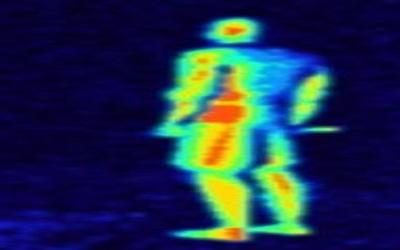PTE考生目前最大的问题之一就是练习题缺乏。除了有限的基本官方书(PLUS,Testbuilder, OG)之外就没有题了。很多英语基础不是很扎实的同学很难找到练习材料。悉尼文波雅思PTE培训学校专门为澳洲,尤其是悉尼、墨尔本的PTE考生准备了适合PTE听力阅读练习的科学60秒。各位PTE同学可以练习PTE听力中的summarise spoken text和PTE口语中的retell lecture,PTE听力口语-科学60秒-Frosty Moss练习记笔记技巧和复述。废话少说,下面开始:
听力内容:
60秒科学节目(SSS)是科学美国人网站的一套广播栏目,英文名称:Scientific American – 60 Second Science,节目内容以科学报道为主,节目仅一分钟的时间,主要对当今的科学技术新发展作以简明、通俗的介绍,对于科学的发展如何影响人们的生活环境、健康状况及科学技术,提供了大量简明易懂的阐释。
This is Scientific American — 60-Second Science. I’m Christopher Intagliata.
One of the most exquisite heat sensors in the world—it’s not in some government lab. It’s in the head of a snake. The pit viper, to be specific.
“They’re incredibly sensitive. They beat any of the synthetic counterparts, even the most expensive semiconducting systems used in infrared or thermal cameras today.” Chiara Daraio, a materials scientist at Caltech. “They can effectively resolve a few millikelvin of temperature changes at a distance of up to a meter.”
Now Daraio and her colleagues have designed a heat-sensing material that competes with the sensitivity of the snake. Using pectin. Same stuff you used to thicken jam. “Pectin, a double-stranded molecule ubiquitously present in the outer cell wall of plant cells, acts effectively as a tiny molecular temperature sensor.” When temperatures go up, she says, the double-stranded molecule unzips, “like the zipper of a jacket.”
So they did what you usually do with pectin—they made jelly, using pectin, water and calcium ions. They dried that out, and got a thin, transparent film. Then, they had to test it. Which they realized they could do using a microwave and her son’s teddy bear. “Which can be heated up to a temperature of 37 degrees, roughly the temperature of a mouse or a running prey for a snake.”
And the pectin film was exquisitely sensitive to the warmed-up teddy bear—on par with the snake. The film could detect temperature changes as small as 10-thousandths of a degree celsius. The study is in the journal Science Robotics.
Daraio says the skin could give robots superior sensing abilities. “Allowing for example robots to determine whether they’re moving around inanimate objects, other robots, or even humans or animals, which are evidently warmer bodies.” Or, she says, it could be used in sensitive skin on prosthetic limbs for humans. If we can figure out how to connect this artificial skin up to something far more complicated. The brain.
Thanks for listening for Scientific American — 60-Second Science Science. I’m Christopher Intagliata.
墨尔本悉尼文波PTE原创首发
更多精彩请持续关注微信wenbo_tv3。





